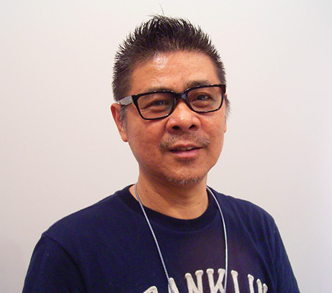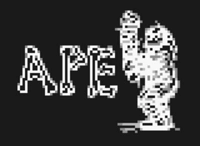After the success of MOTHER in Japan, a localization of the game went into production to bring the popular RPG to the United States. At the time, RPGs in America did not receive the same bountiful popularity that they did in Japan, but were gradually gaining traction among the ranks of American gamers. MOTHER was to be another title to introduce a generation of players to the RPG genre.

Underneath the lead of Nintendo of America’s now-famed localizer, Phil Sandhop, a localization team started their work on translating MOTHER and bringing it to the states. With the newly selected renaming for the game,
Earth Bound, Sandhop (pictured) and his crew polished the game to fit both an American audience and Nintendo of America’s guidelines. References and depictions of smoking, gore, and sexuality were censored through the modification of text and graphics. Shoutouts to other works were reformed as to not infringe copyrights. A full guidebook was created for the English-speaking audience, dubbed the “Great Grandfather’s Diary” after a key item featured in the game. It appeared that everything was prepared for a release.
However, it turned out that the localization was for naught. With the release of the Super Nintendo Entertainment System in North America on November 21, 1990,
Earth Bound was already doomed to release on a now outdated console. Attempting to release and market a game such as
Earth Bound for yesterday’s console would almost certainly be a risky plot, especially with the additional space needed on the cartridge for such a large game. Ultimately,
Earth Bound was cancelled and never released, despite the fact that the game was finished and ready to be played. The game didn’t see an official release outside of Japan until 2015, on the Wii U Virtual Console, release by the title of
EarthBound Beginnings.














